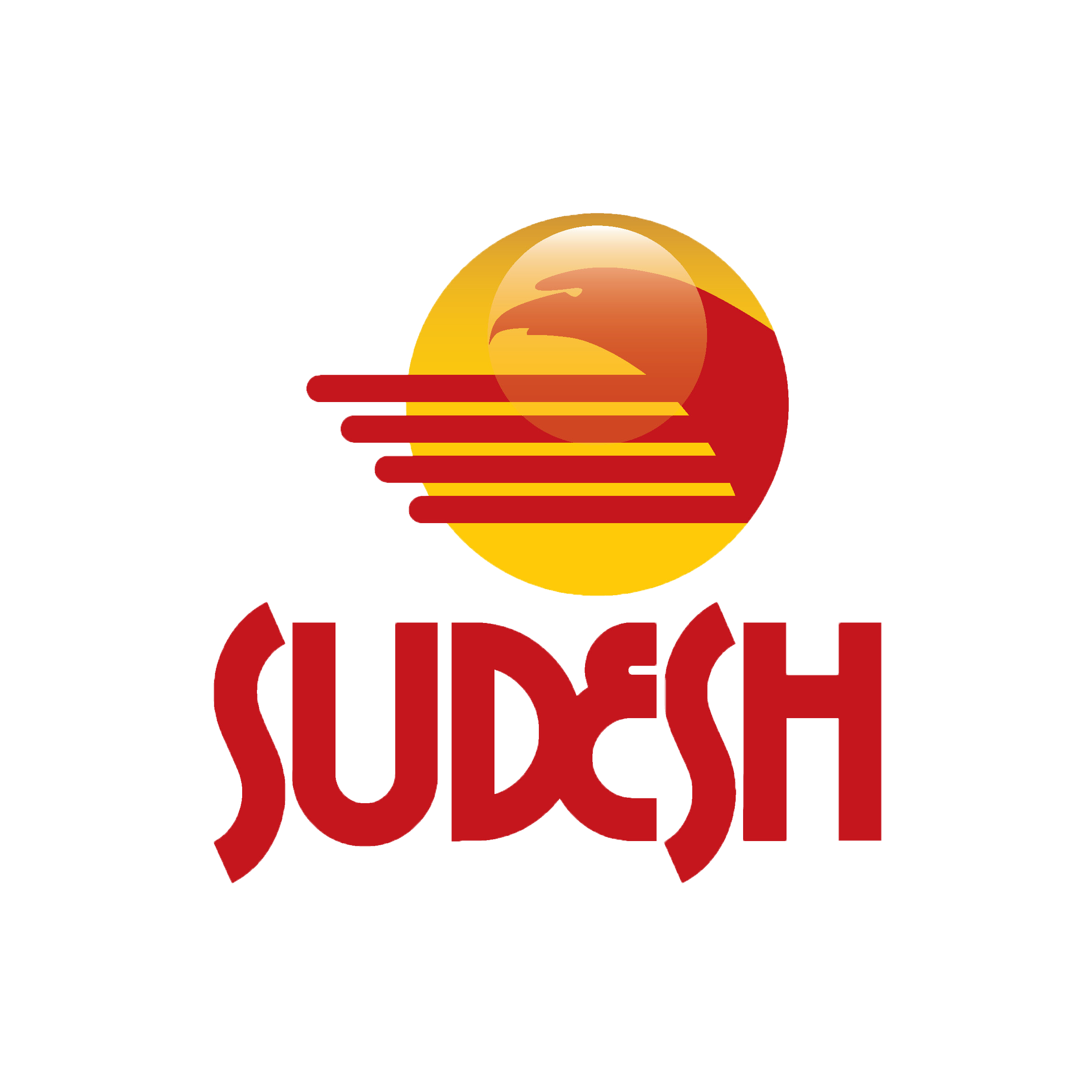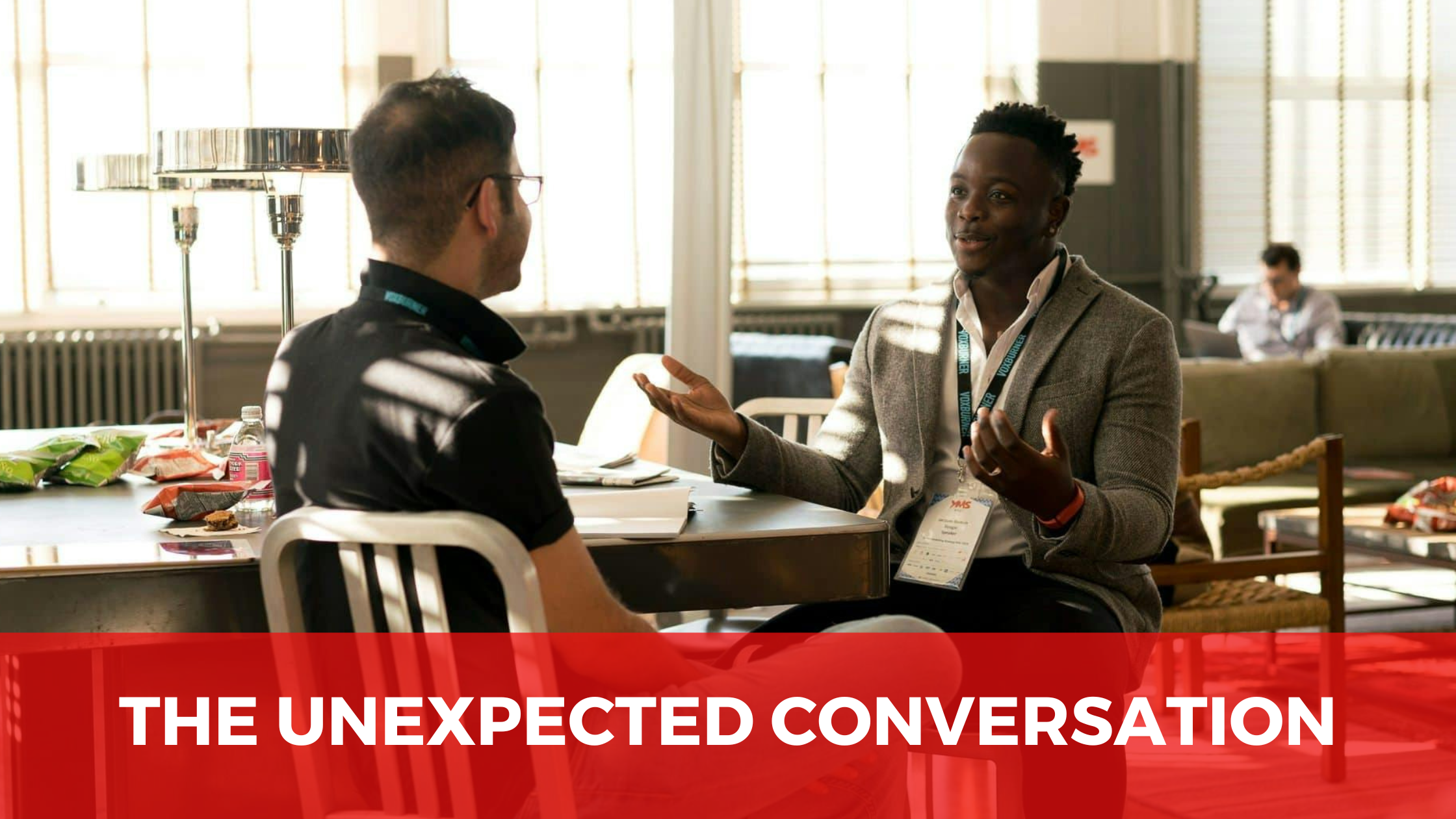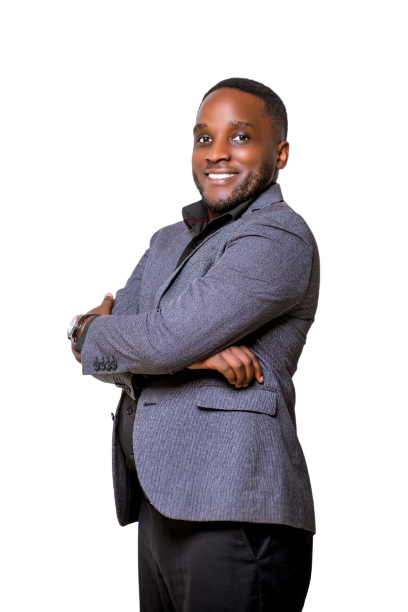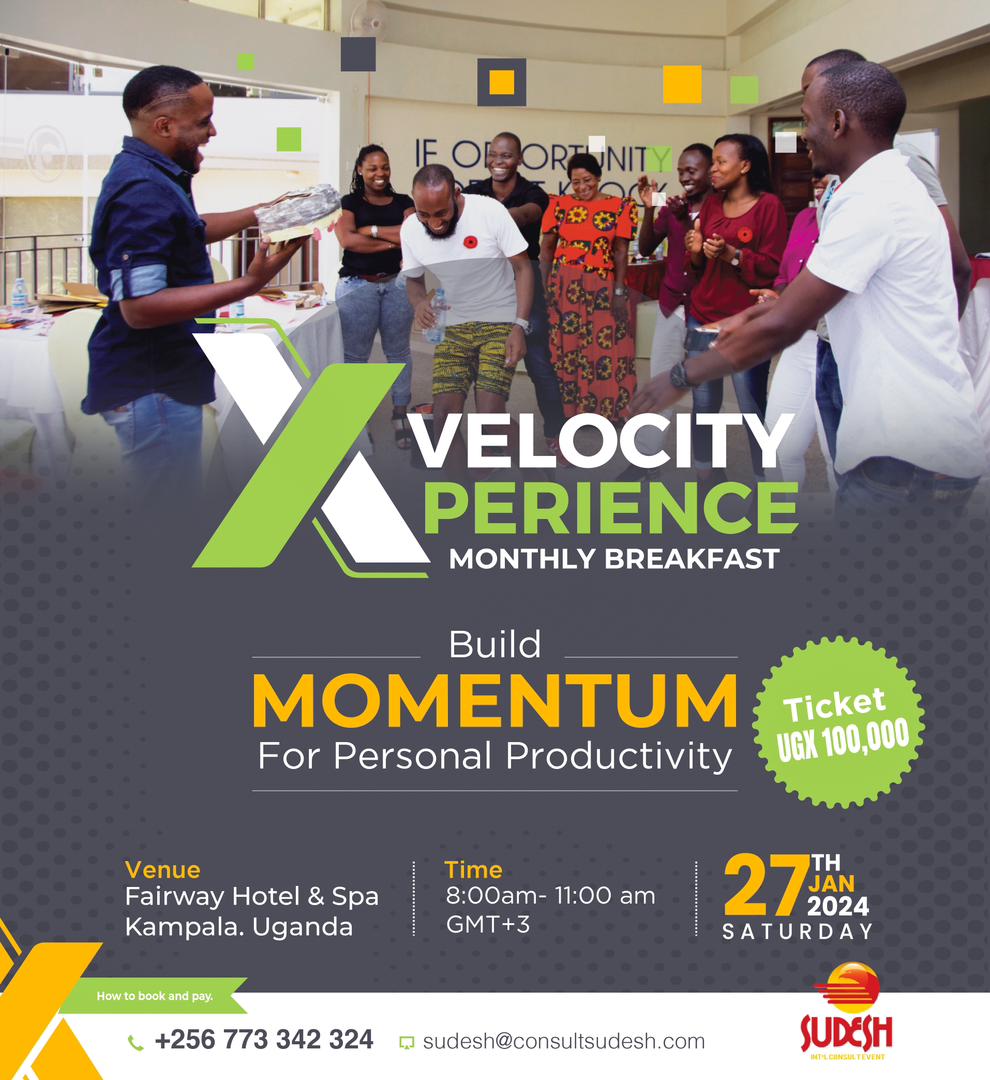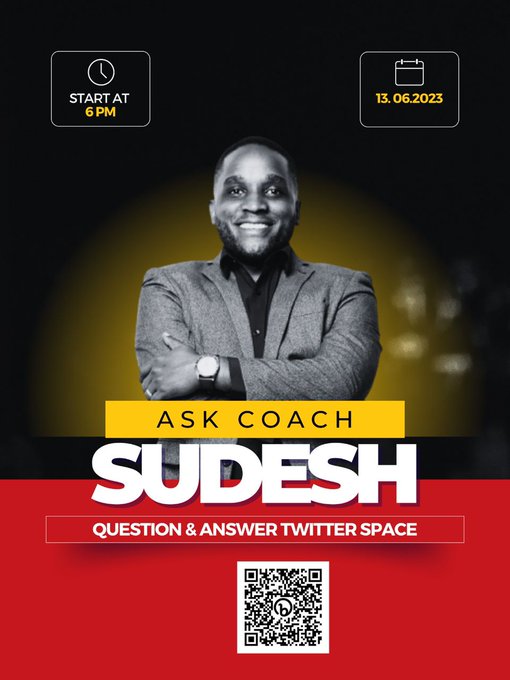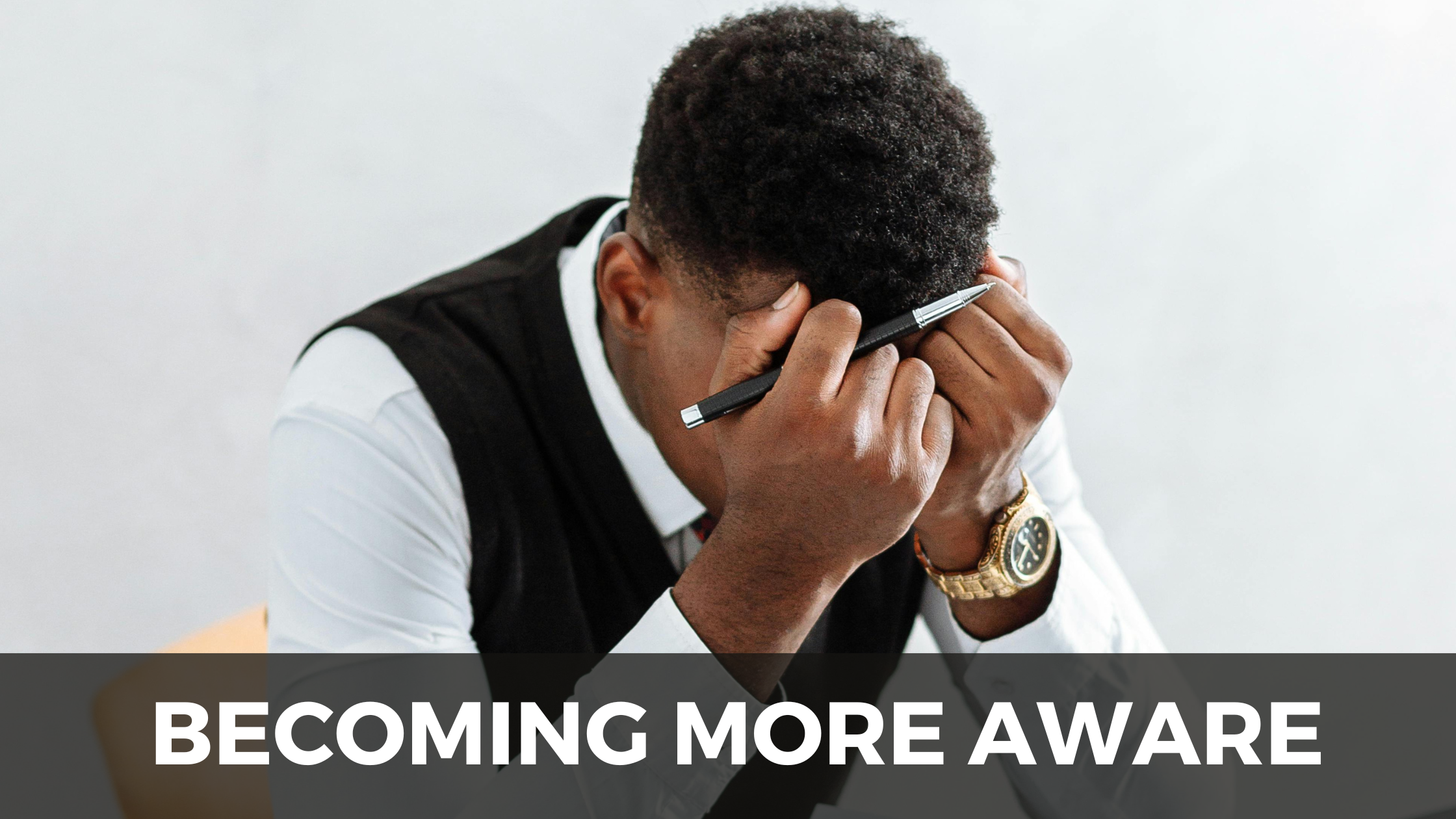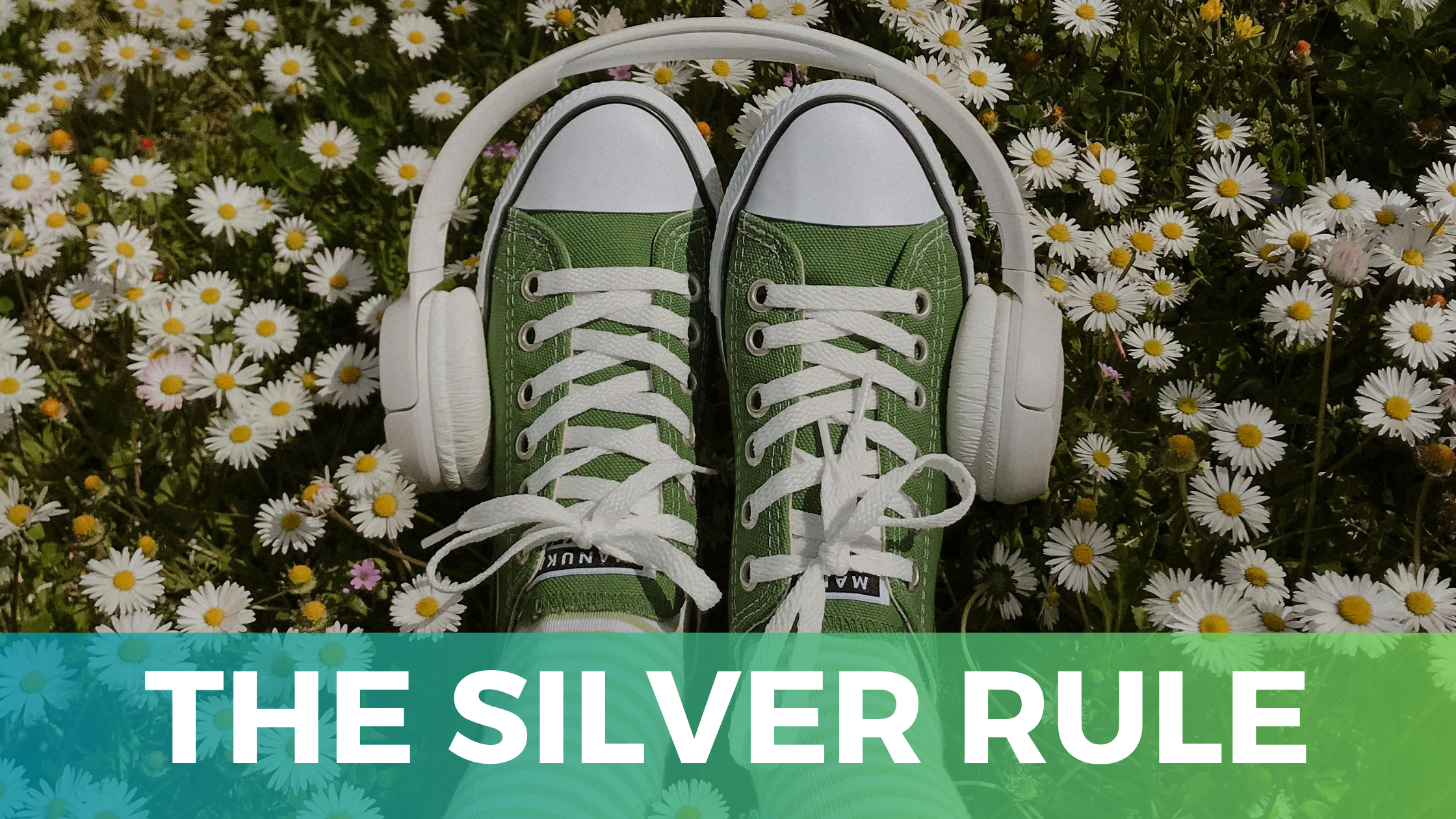Feeling bad about how little time he spent with Hakim during the week, Jerry wants to make up for it this weekend. And he has a plan: Hakim loves breakfast, and Jerry discovered a while back that Nairobi’s best breakfast is made fresh daily at a tiny Korean restaurant in Karen. So, bright and early on Saturday morning, he heads to Karen. At 7:30 a.m., it’s sunny but quite cold, and Jerry is thankful that the line at the restaurant is mercifully short.
As he pays for two breakfasts, Jerry hears someone call his name. “Jerry Kamau?” Jerry turns around. At first, he doesn’t recognize the thin man standing behind him. But then the penny drops. Mike Cuba! Cuba was at Nairobi University around the same time Jerry finished his degree.
They had taken some of the same classes together. But Cuba had dropped out of the program to start a business. He soon made headlines when his first venture, a platform for marathon runners, was acquired by a leading footwear brand for $5 million. Jerry still remembers the envy he felt when reading the profile in the alumni magazine a few years back. If Jerry remembered correctly, Cuba had started and sold several other ventures since. A bona fide serial entrepreneur.
“Mike, so nice to see you! It has been a while. How are you?” Jerry says, opening his hand to embrace Cuba’s outstretched hand. Cuba smiles. “Not too bad. Wanna grab a coffee and catch up?” They order two lattes and sit down
“So, what are you up to these days?” Jerry asks.
“Jerry, I can tell you—but then I would have to kill you!” Cuba grins.
“But seriously, I can’t tell you specifics. My new venture is still in stealth mode. But what I can tell you is that we are trying to fix work using data.”
Jerry is intrigued. “What do you mean by ‘fixing work’?”
Cuba takes a big sip of his latte. “Well, you might recall that I started a few companies and that I was lucky enough to sell most of them.”
Jerry nods. “Well, you probably know this,” Cuba continues, “but when you sell a business like that, the deal contains an earn-out clause. You get your money over time, provided the business continues to perform.”
“The famous golden handcuffs. Of course.” “Exactly. So,” Cuba lowers his voice a little, “I started three businesses, and every one of them I sold to a large multinational. And in each case, I was stuck working in these larger organizations for a few years until I got my money out. And I realized during each of those earn-out periods how painful it is to work in those organizations, or I should say, to work for those organizations.”
“Oh, I can relate,” Jerry commiserates.
Cuba continues, “I mean, these were very well-run businesses. But for an entrepreneur, being stuck inside a structure like that is almost like being paralyzed. I felt like a small cog in a giant machine. The bureaucracy was overwhelming. I knew I was the lucky one, the one who would walk out the door after two years with a ton of cash. But I started to really feel for the people inside those organizations, how they were just kinda stuck there, working in outdated structures and processes that often destroy any motivation. So, long story short, my new venture focuses on measuring how well designed the work is and identifying how that job could be improved to deliver a better employee experience.
And my goal is to try to provide guidance and solutions for leaders who want to do something about that.”
“Wow,” Jerry says, intrigued. “So what does that actually mean? Is this some kind of engagement survey? We just did one of those at my company.”
Cuba laughs. “Not really. Engagement surveys are a good idea, don’t get me wrong, but we are aiming at something quite different. You are managing people, right?”
“Yes, I am. I have a team of fifteen,” Jerry answers. “Well actually, twelve right now, since I have three open positions.”
Cuba leans forward. “So how did you design the work your people do?”
Puzzled, Jerry asks, “What do you mean by ‘designing’? The job descriptions?”
Cuba laughs. “Sure, let’s go with that. How did you design the jobs by way of those descriptions?”
“Well, to tell you the truth,” Jerry replies, “I did not design them. They already existed when I took over the department.”
Cuba sighs. “Well, you are not alone. Most managers I meet spend very little time thinking about the design of the actual jobs. It’s rare to find a manager who is excited about creating a job description. Most of the time, we copy and paste what we used in another company. Maybe tweak it a little bit. And that is part of the problem.”
“What do you mean?”
“Well, for one, these days we are in really fierce competition for talent.
You mentioned you have three open positions, right?” Jerry nods.
“Tell me. How easy is it to fill them?” Jerry shakes his head. “Really hard—although we pay very well. Or so I’m told,” Cuba nods. “Well, good pay is fine, Jerry, but in this day and age, maybe you need to think about the jobs you offer as a product itself. How competitive is the product? How well designed is it to meet the needs of the consumer? The employee, in this case.”
Confused, Jerry asks, “Work as a product? Employees as consumers?
Slow down. What do you mean?”
Cuba laughs. “I understand your reaction. It is a rather unusual way to look at work. Hey, I would love to chat more, but I have a commitment at 9:00 a.m., and I better get going. But certainly, happy to connect another time.” Cuba pushes his chair back and gathers his things. “Great to see you after all these years, Jerry!”
“Mike, same here. And I would definitely love to get your perspective on the challenges I am facing at work. I think what you are talking about is certainly part of the problem.” Mike laughs again. “The solution,” he says. “What I’m talking about is the solution. But sure, anytime, Jerry. Let’s get together again. Here is my number. Just text me.” Handing Jerry a business card, Cuba gets up, shakes Jerry’s hand again, and is out the door.
Jerry grabs his breakfast and heads home, with pieces of the conversation bouncing around in his head. Before the day ends, he texts Cuba and they agree to meet again, this time over a coffee in Kampala, Uganda at the VelocityXperience Master Class in September 2025,
Job design is the process of structuring and organizing work tasks, responsibilities, and relationships to enhance both employee satisfaction and organizational productivity. I am often amazed when an employee prospect asks questions only about pay and not about the job design.
The next time you attend interviews, you can explore these five questions concerning job design:
What are the primary goals of this role, and how do they align with the organization’s strategic objectives?
What specific tasks, duties, and responsibilities are essential for this job to be successful?
What level of autonomy and decision-making power will the employee have in this role?
What skills and knowledge are required to perform this job effectively, and what opportunities will exist for learning and growth?
How will we measure performance and provide regular, meaningful feedback?
